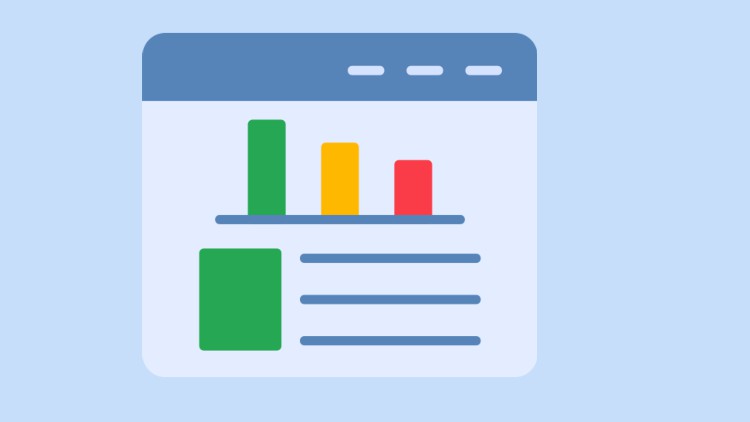
Learn the key concepts of data modeling on Power BI: Build powerful data models with DAX
What you will learn
Create model relationships
Configure data tables
Create calculated columns
Enforce row -level security
Create models with DAX formulas
Create measures
Description
Data modeling is the process of creating a simplified diagram of a software system and the data elements it contains, using text and symbols to represent the data and how it flows. Data models provide a blueprint for designing a new database or reengineering a legacy application. Overall, data modeling helps an organization use its data effectively to meet business needs for information.
A data model can be thought of as a flowchart that illustrates data entities, their attributes and the relationships between entities. It enables data management and analytics teams to document data requirements for applications and identify errors in development plans before any code is written.
Alternatively, data models can be created through reverse-engineering efforts that extract them from existing systems. That’s done to document the structure of relational databases that were built on an ad hoc basis without upfront data modeling and to define schemas for sets of raw data stored in data lakes or NoSQL databases to support specific analytics applications.
Why is data modeling done?
Data modeling is a core data management discipline. By providing a visual representation of data sets and their business context, it helps pinpoint information needs for different business processes. It then specifies the characteristics of the data elements that will be included in applications and in
Content